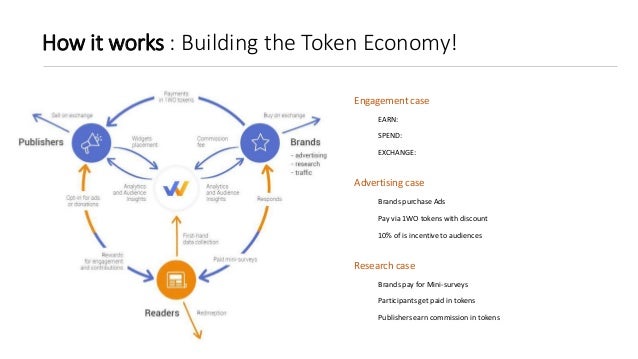

Your viewmodel is retained, and your replacement fragment gets that same viewmodel with the same LiveData.The user twists her wrist and rotates the screen.Your fragment receives the value from the LiveData and updates the UI.Your coroutine completes and your viewmodel updates the LiveData.Your viewmodel is created and you kick off the network I/O.And, specifically, by having LiveData in a ViewModel, you retain the LiveData and the held values across configuration changes (screen rotations, dark mode switch, etc.). Now, let us start another transaction and delete records from the table having age = 25 and finally we use COMMIT command to commit all the changes.Is it then wasteful to set up observers in my fragment since I know for a fact they will only be called once? If you will check COMPANY table is still having the following records − Now, let us start a transaction and delete records from the table having age = 25 and finally we use ROLLBACK command to undo all the changes. The syntax for ROLLBACK command is as follows −Ĭonsider the COMPANY table is having the following records − The ROLLBACK command can only be used to undo transactions since the last COMMIT or ROLLBACK command was issued. The ROLLBACK command is the transactional command used to undo transactions that have not already been saved to the database. The syntax for COMMIT command is as follows − The COMMIT command saves all transactions to the database since the last COMMIT or ROLLBACK command. The COMMIT command is the transactional command used to save changes invoked by a transaction to the database. The following is the simple syntax to start a transaction − But a transaction will also ROLLBACK if the database is closed or if an error occurs. Such transactions usually persist until the next COMMIT or ROLLBACK command is encountered. Transactions can be started using BEGIN TRANSACTION or simply BEGIN command. They cannot be used while creating tables or dropping them because these operations are automatically committed in the database. Transactional control commands are only used with the DML commands INSERT, UPDATE and DELETE only. The following commands are used to control transactions −īEGIN TRANSACTION − To start a transaction.ĬOMMIT − To save the changes, alternatively you can use END TRANSACTION command. Isolation − Enables transactions to operate independently of and transparent to each other.ĭurability − Ensures that the result or effect of a committed transaction persists in case of a system failure. Transactions have the following four standard properties, usually referred to by the acronym ACID −Ītomicity − Ensures that all operations within the work unit are completed successfully otherwise, the transaction is aborted at the point of failure and previous operations are rolled back to their former state.Ĭonsistency − Ensures that the database properly changes states upon a successfully committed transaction. Practically, you will club many PostgreSQL queries into a group and you will execute all of them together as a part of a transaction. It is important to control transactions to ensure data integrity and to handle database errors. For example, if you are creating a record, updating a record, or deleting a record from the table, then you are performing transaction on the table.
#POSTICO ONLY UPDATE ONCE MANUAL#
Transactions are units or sequences of work accomplished in a logical order, whether in a manual fashion by a user or automatically by some sort of a database program.Ī transaction is the propagation of one or more changes to the database. A transaction is a unit of work that is performed against a database.


 0 kommentar(er)
0 kommentar(er)
